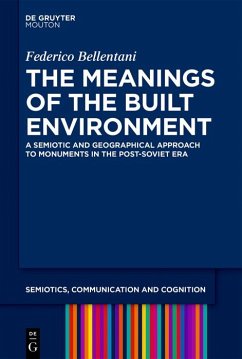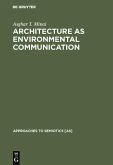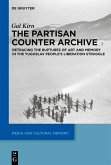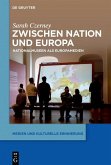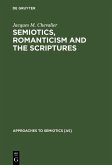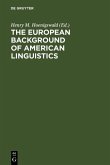This volume analyses the interpretation of the built environment by connecting analytical frames developed in the fields of semiotics and geography. It focuses on specific components of the built environment: monuments and memorials, as it is easily recognisable that they are erected to promote specific meanings in the public space.
The volume concentrates on monuments and memorials in post-Soviet countries in Eastern Europe, with a focus on Estonia. Elites in post-Soviet countries have often used monuments to shape meanings reflecting the needs of post-Soviet culture and society. However, individuals can interpret monuments in ways that are different from those envisioned by their designers. In Estonia, the relocation and removal of Soviet monuments and the erection of new ones has often created political divisions and resulted in civil disorder.
This book examines the potential gap between the designers' expectations and the users' interpretations of monuments and memorials. The main argument is that connecting semiotics and geography can provide an innovative framework to understand how monuments convey meanings and how these are variously interpreted at societal levels.
The volume concentrates on monuments and memorials in post-Soviet countries in Eastern Europe, with a focus on Estonia. Elites in post-Soviet countries have often used monuments to shape meanings reflecting the needs of post-Soviet culture and society. However, individuals can interpret monuments in ways that are different from those envisioned by their designers. In Estonia, the relocation and removal of Soviet monuments and the erection of new ones has often created political divisions and resulted in civil disorder.
This book examines the potential gap between the designers' expectations and the users' interpretations of monuments and memorials. The main argument is that connecting semiotics and geography can provide an innovative framework to understand how monuments convey meanings and how these are variously interpreted at societal levels.
Dieser Download kann aus rechtlichen Gründen nur mit Rechnungsadresse in A, B, BG, CY, CZ, D, DK, EW, E, FIN, F, GR, HR, H, IRL, I, LT, L, LR, M, NL, PL, P, R, S, SLO, SK ausgeliefert werden.

